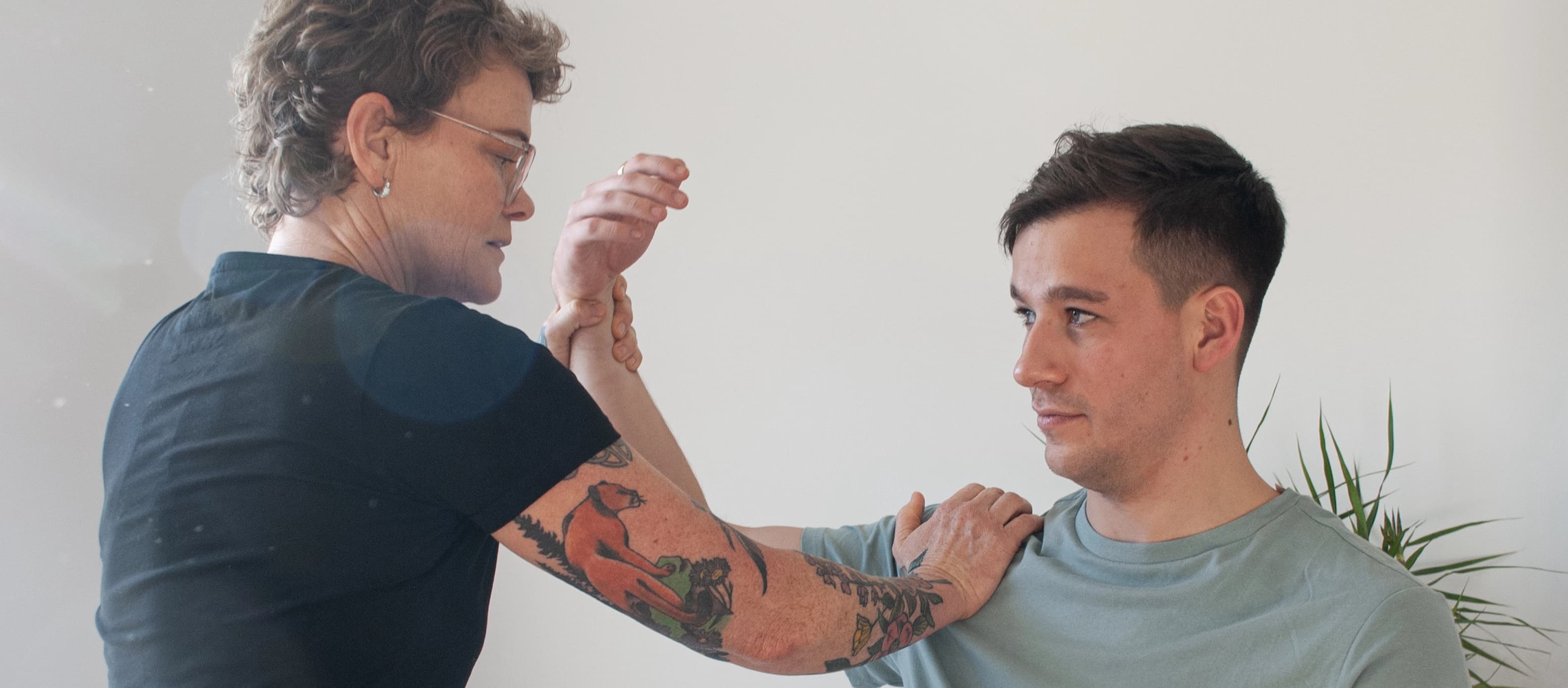Soft tissue injury and recovery
What is a soft tissue injury?
A soft tissue injury is when muscles, ligaments or tendons become damaged as the result of a sprain or strain. Most soft tissue injuries have simple causes, for example by sudden movement that takes you by surprise, such as tripping over or misjudging a step.
Working your muscles too hard in the gym, particularly if you’re still recovering from a previous exercise session, is another common cause.
Injuries to the soft tissue usually result in an instant pain response, which can later be accompanied by an inflammatory response: swelling, stiffness and bruising. Depending on where these injuries occur on the body, they can affect movement and make it difficult to walk or move certain limbs. Even if the injury is mild, it’s essential to take the time to recover properly before putting more stress on the area.
What are the symptoms of soft tissue injuries?
Symptoms to look out for include:
A dull ache
Sharp pain
Redness on the skin
Restricted range of motion
Swelling around the area
Bruising around the area
What causes soft tissue injuries?
A soft tissue injury can happen as a result of direct impact such as a sudden twist or strain during exercise, or even just slipping on a kerb on the way to work. It can also build up gradually, due to repetitive actions and overuse. This means if you work on a production line or do something all day that involves the same movements being repeated over and over, you are at risk of experiencing a soft tissue injury.
Treatment for soft tissue injuries
Each injury is different, so it’s important to monitor your own response to your pain. As a rule, if you’re in agony, it’s always worth seeking professional advice by your doctor.
If the pain has subsided enough for you to be sure it isn’t bony injury (such as a fracture) you may be able to treat your injury at home. Look out for the following stages of healing:
Protect: this is when your injury is acute and pain is at its peak. While the initial swelling and bruising subsides, your priority should be ensuring that the area doesn’t suffer any more trauma. Use ice packs and consider using a compression bandage, have plenty of rest and keep the area elevated if possible.
Repair: the initial pain begins to subside, though may be exacerbated by movement. Your body begins to rebuild the soft tissue in the affected area, which can take a few weeks. Be careful not to put yourself in situations where you may be able to repeat the motion that caused the injury, or take proper precautions by strapping and supporting the area.
Remodelling: after a few weeks the tissue may have been rebuilt, but it won’t yet be at full strength. You may find that returning to exercise reveals a tenderness or slight pain in the recovering area. However, exercise is extremely important during the period, as it allows your body to decide what needs to be done further to stimulate the generation of new soft tissue. Remember to start slowly and increase intensity gradually. If you don’t want to exercise, or don’t feel like it’s doing enough, massage can also replicate many of these benefits.
Why is soft tissue injury so painful?
Pain and inflammation are your body's way of protecting against further injury by signalling that rest is needed.
What type of massage should I choose?
Depending on the location of your injury, and your recovery timeline, you could consider trying:
These treatments focus on improving muscular injuries and relieving pain, as they work by applying pressure to the injured area to stimulate blood and oxygen to it, as well as breaking down and removing scar tissue.
Athletes and those who exercise regularly may already incorporate sports massage into their training program as a way of increasing recovery time and encouraging flexibility.
Sports massage may also help with a soft tissue injury caused by repeated micro-trauma as it should include a gait or postural analysis which will help to find out the cause.
Both deep tissue and sports massage target not only the musculature of the body, but also the nervous system, which controls our ability to deal with pain.
You can have a massage at any time after a soft tissue injury has occurred, but make sure that you check with your doctor first if you’re still experiencing active symptoms of pain. Always communicate your injuries to your therapist before they begin, and ask them to reduce their pressure or move away from the area if you experience any discomfort.
Where can I find soft tissue treatment near me in London?
You can book an expert in soft tissue injuries for treatment at your home in London using Urban. We partner with the best London specialists including physiotherapists, osteopaths and massage therapists to deliver treatments including pain/injury management, sports massage and deep tissue massage.
With appointments available from 7am-11pm daily, the booking process couldn't be easier. Just choose your treatment, therapist and a time and place. Your specialist will arrive at your door with a massage table, you just provide some towels. After your session, they'll share aftercare advice via email and recommendations for exercises or further treatment.
